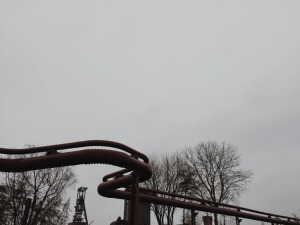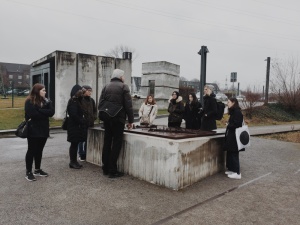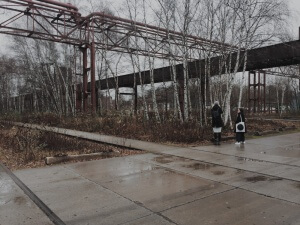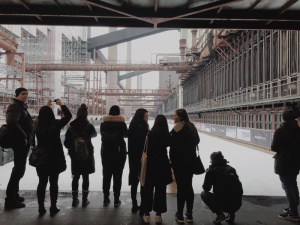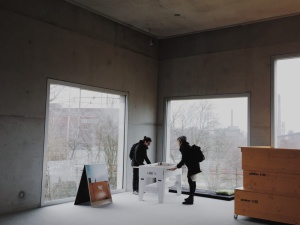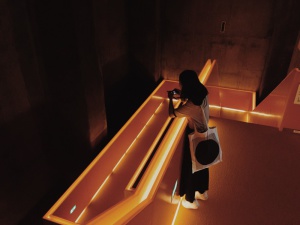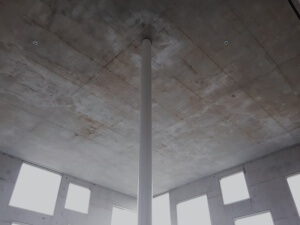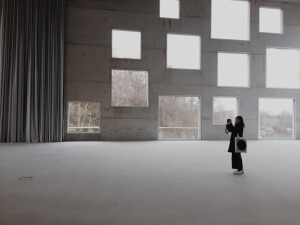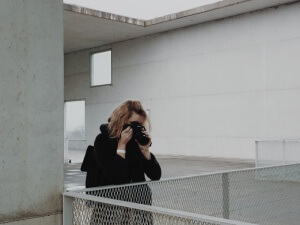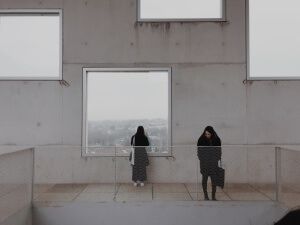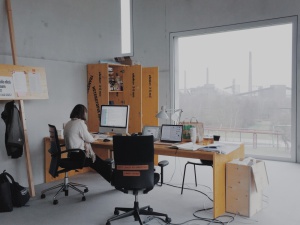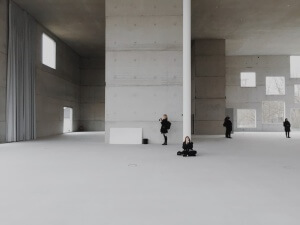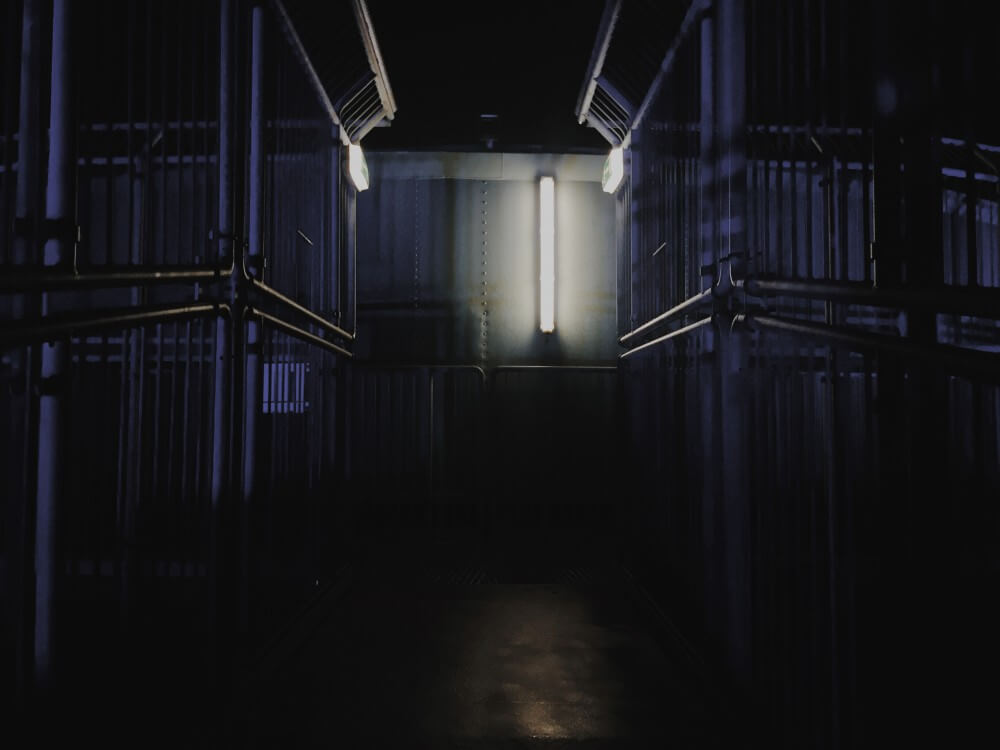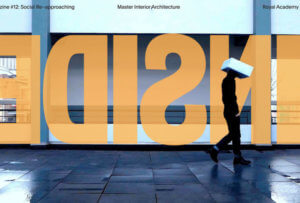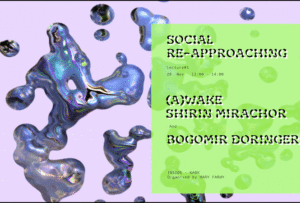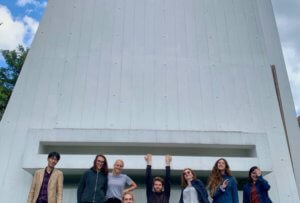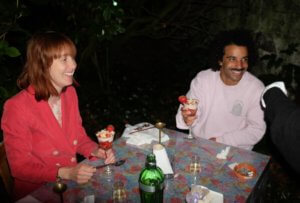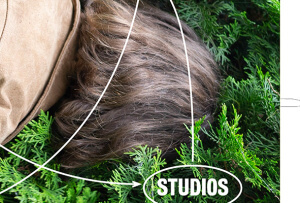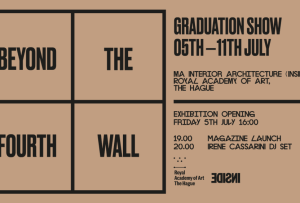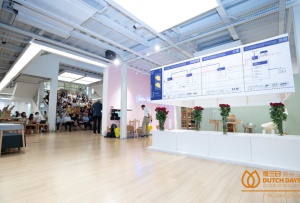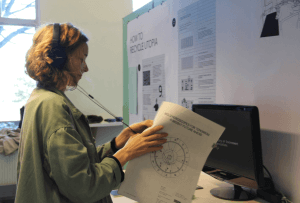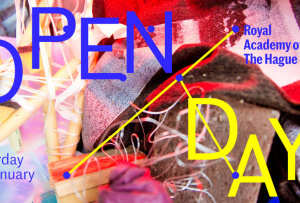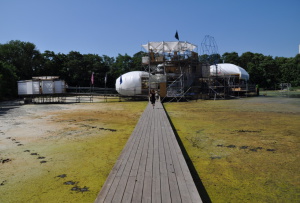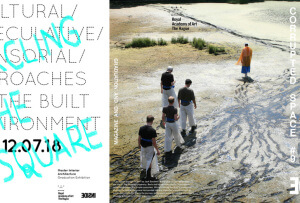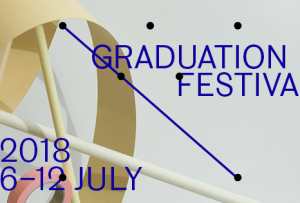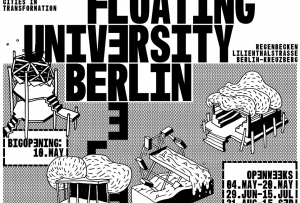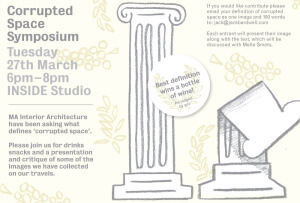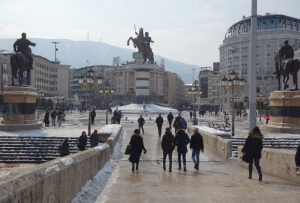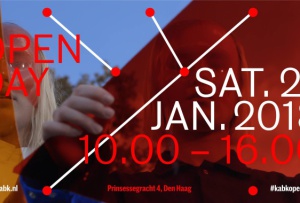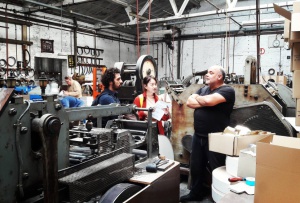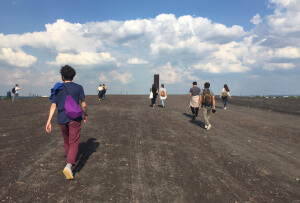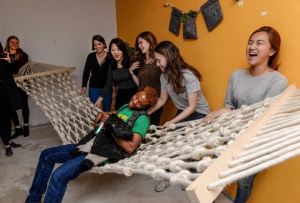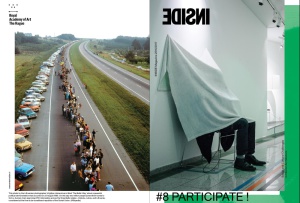RUHR TRAVEL – 13th of December 2016
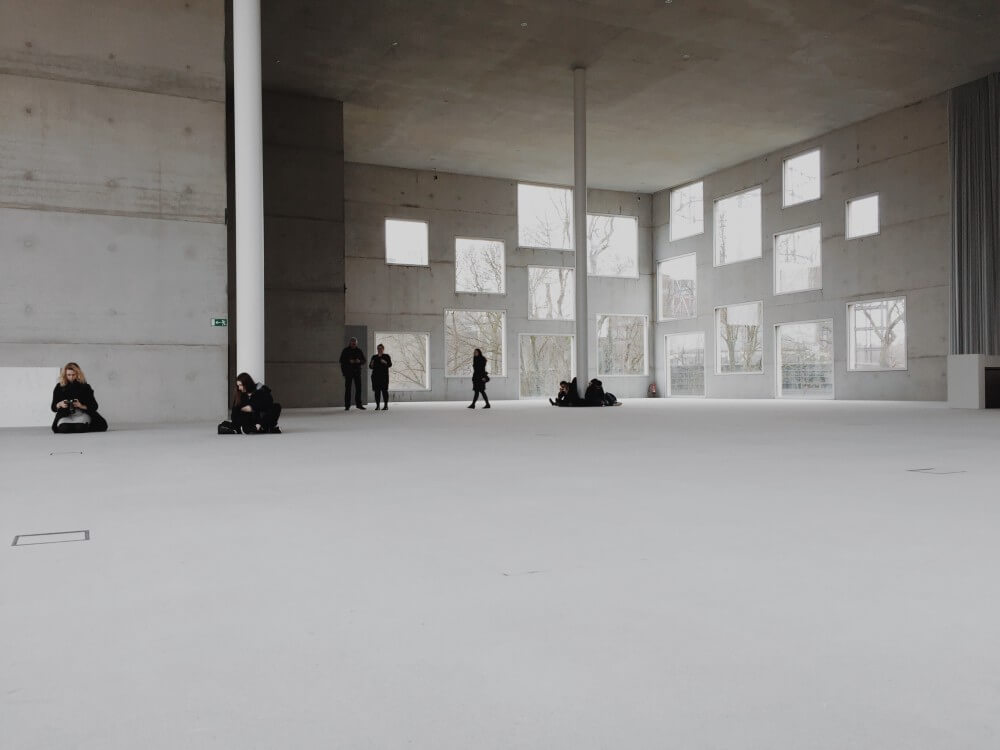
INSIDE 1st year students inside SAANA Zollverein school of management in Ruhr.
During INSIDE 16-17 Studio III Hans took us, the first year students, on a one-day trip to the Rurh Area, Germany.
The first stop was the Folkwang Museum in Essen designed by the renowned architect David Chipperfield, in occasion of the “Ruhr.2010 – European Capital of Culture”.
After that we visited the Ruhr Area (the former coal mine Zeche Zollverein in Essen), where OMA was commissioned in 2001 to develop a masterplan with the goal of finding a contemporary use for the site. The result is an industrial monument that combines modern use with historic context. From our point of view, the architects understood the historical importance that the mine had in that area, and they didn’t tried to transform it into something else. At first glimpse, indeed, it still looks as a mine. And we enjoyed getting lost in it, in those same railways where the trains used to pass by transporting coal. The copper tubes and towers are somehow esthetically and physically connecting the whole landscape, in a very organic way. It is a huge, geometrical, and invading industry in the landscape, but still, with the use of colors and shapes, it feels belonging to that location.
The Zollverein School by Japanese firm SANAA seemed more out of context. The building is a 35 meter white cube, which stands in strong contrast to the surroundings. But with the feeling of a contemporary cathedral when you go inside. Interesting was also the use of the windows, not only as a facade aesthetic, but also as a disorientating element, not giving you any chance to guess how the space inside is organized.
At the end of the trip we visited the Gasometer Oberhausen, where we had the opportunity to have an impressive view on top of the 12th floor, and experience and intense installation about the inside of the earth.
After having some time off in the local christmas market (a must in Germany), we went to visit the Kitev collective. This collective is especially active in the medium and small cities in Germany where, for them, there is the most need of interventions. The collective was working with the local immigrant youth, trying out collaborative working methods.
After this interesting visit we returned back to The Hague.
Article by INSIDE 16/17 student: Vittoria Colangelo
